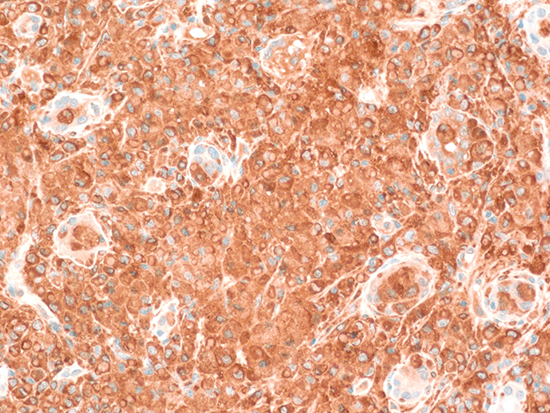1. Rubin RH, Contran RS, Tolkoff-Rubin NE. Urinary tract infection, pyelonephritis, and reflux nephropathy. In : Brenner BM, Levine SA, editors. Brenner and Rector's the kidney. 8th ed. Philadelphia: Saunders;2008. p. 313–331.
2. Kobayashi A, Utsunomiya Y, Kono M, Ito Y, Yamamoto I, Osaka N, Hasegawa T, Hoshina S, Yamaguchi Y, Kawaguchi Y, et al. Malakoplakia of the kidney. Am J Kidney Dis. 2008; 51:326–330.
3. YiXMLLink_XYZiter M, Ilgici D, Celik M, Arda IS, Hiçsönmez A. Renal parenchymal malacoplakia: a different stage of xanthogranulomatous pyelonephritis. J Pediatr Surg. 2007; 42:E35–E38.
4. Mittal BV, Badhe BP. Xanthogranulomatous pyelonephritis: a clinicopathological study of 15 cases. J Postgrad Med. 1989; 35:209–214.
5. al-Sulaiman MH, al-Khader AA, Mousa DH, al-Swailem RY, Dhar J, Haleem A. Renal parenchymal malacoplakia and megalocytic interstitial nephritis: clinical and histological features. Report of two cases and review of the literature. Am J Nephrol. 1993; 13:483–488.
6. Esparza AR, McKay DB, Cronan JJ, Chazan JA. Renal parenchymal malakoplakia. Histologic spectrum and its relationship to megalocytic interstitial nephritis and xanthogranulomatous pyelonephritis. Am J Surg Pathol. 1989; 13:225–236.
7. Bae GE, Yoon N, Park HY, Ha SY, Cho J, Lee Y, Kim KM, Park CK. Silent colonic malakoplakia in a living-donor kidney transplant recipient diagnosed during annual medical examination. Korean J Pathol. 2013; 47:163–166.
8. Krupp G, Schneider W, Gobel U, Müller V, Haller H, Luft FC. Tumefactive megalocytic interstitial nephritis in a patient with Escherichia coli bacteremia. Am J Kidney Dis. 1995; 25:928–933.
9. Jennette JC, Olson JL, Schwartz MM, Silva FG. Lippincott William. Heptinstall's pathology of the kidney. 6th ed. 2006. Philadelphia, PA: Lippincott Williams & Wilkins;p. 1546–1561.
10. Hamvas A, Detre Z, Szinnay G. Malakoplakia of kidney and urinary tract. Report of a case of fatal outcome. Int Urol Nephrol. 1981; 13:55–63.
11. Dasgupta P, Womack C, Turner AG, Blackford HN. Malacoplakia: von Hansemann's disease. BJU Int. 1999; 84:464–469.
12. Kelly DR, Murad TM. Megalocytic interstitial nephritis, xanthogranulomatous pyelonephritis, and malakoplakia. An ultrastructural comparison. Am J Clin Pathol. 1981; 75:333–344.
13. Mii A, Shimizu A, Masuda Y, Fujita E, Aki K, Ishizaki M, Sato S, Griesemer A, Fukuda Y. Current status and issues of C1q nephropathy. Clin Exp Nephrol. 2009; 13:263–274.
14. Colvin RB. Diagnostic pathology: kidney diseases. Salt Lake City, Utah: Amirsys;2011. p. 84–86.
15. Jo SK, Yun JW, Cha DR, Cho WY, Kim HK, Won NH. Anuric acute renal failure secondary to megalocytic interstitial nephritis in a patient with Behcet's disease. Clin Nephrol. 2000; 54:498–500.
16. Tam VK, Kung WH, Li R, Chan KW. Renal parenchymal malacoplakia: a rare cause of ARF with a review of recent literature. Am J Kidney Dis. 2003; 41:E13–E17.






 PDF
PDF ePub
ePub Citation
Citation Print
Print




 XML Download
XML Download